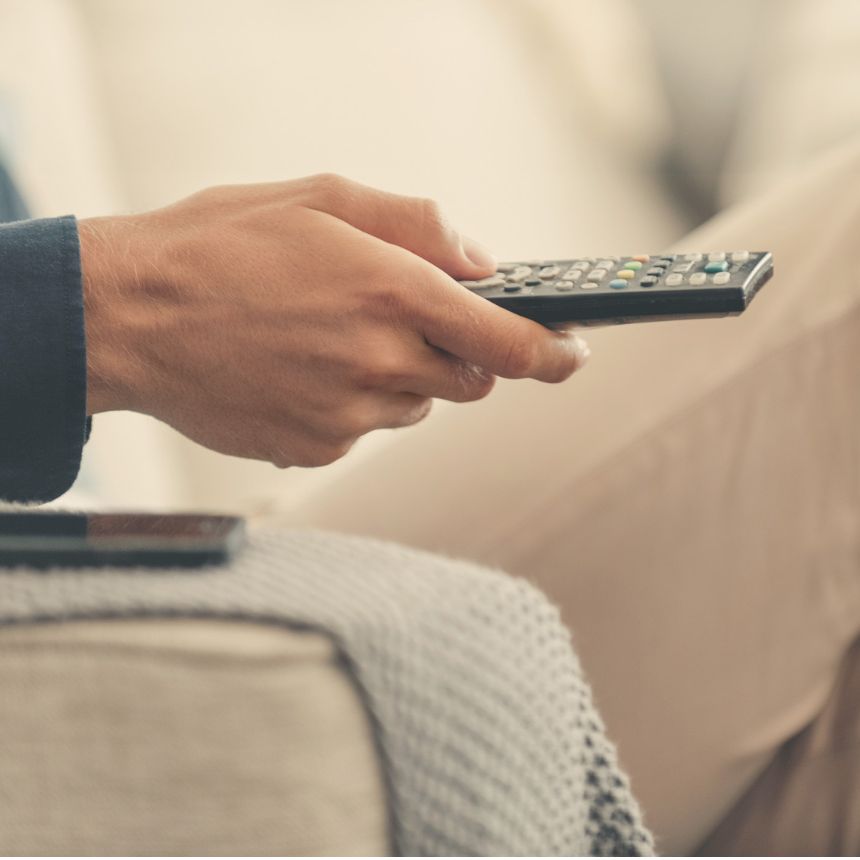What we’ve done
It’s hard to see change when you’re in the moment. Progress is something that’s best observed in hindsight. It’s easy to let the challenges of the day grab your focus. Going the next few feet often feels more important than miles you’ve already come. I think about this often when I look back on the changes that have taken place in our industry over the last four years.
In just four years viewability has been completely overhauled. It wasn’t so long ago that even the most hard-nosed media buyers were resigned to the idea that 30% of their ads were destined to be below-the-fold, partially loaded–unviewable. Today those numbers have improved dramatically. Even the least demanding buyers know that they can get to 60% viewability, and with the right tools and solutions in place 100% viewability is within reach. In retrospect, it seems crazy that we ever accepted anything less.
You can tell the same story about fraud. Just a few years ago the conventional wisdom held that fraud levels of 30% or or even 50% were an unavoidable reality. To reach real people you had to go to through a mountain of bots. It was the cost of doing business, and an unofficial tax on digital advertisers. But that was before the industry reset its thinking about what is actually possible. Today, thanks to advances in fraud detection, most advertisers would consider a fraud threshold of just 2% to be the upper threshold of what is acceptable.
“Fraud free,” “viewable only,” and “100% brand safe” are all commonplace guarantees today that would have seemed out of reach for advertisers just a few years ago. And those aren’t just slogans, they’re promises with meaningful business implications.
Why it matters
There’s a tendency to get lost in the weeds, or to think about metrics as goals unto themselves. As focused as we are on reducing fraud, improving viewability, or protecting brands those things aren’t really the end goal. A more viewable ad ecosystem means fewer wasted ad dollars, more efficient CPMS, cost savings for advertisers, and better ROI for your marketing dollars.
When we accepted that only 50% of our ad buys were reliably fraud free we were accepting that we might be throwing about half the dollars we spend in digital. Half of an advertisers million dollar ad buy could go to waste. For publishers that meant half a million dollars going into the pockets of fraudsters instead of into their revenue column. A healthier ecosystem means better business opportunities for everyone.
What’s next
The work of cleaning up the digital advertising industry is just beginning. We’ve made great strides in desktop environments, but the conversation is already moving with the audiences. New platforms like mobile in-app, proprietary platforms, and over-the-top video all face challenges of their own. But those challenges shouldn’t deter us. Instead we should look back at the incredible progress we’ve made and realize that that same kind of transformation is possible in every new environment.
Advertisers and publishers can continue to carve out bigger opportunities on mobile, video, and social the same way they have on desktop. That’s why companies like IAS are so important. We want encourage everyone to keep rethinking what they’re willing to accept from the digital ecosystem. That’s the only way to keep improving value, effectiveness, and revenue to move digital forward.
Harmon Lyons is SVP, Business Development and Platform Solutions at Integral Ad Science
Learn more about how we can transform viewability together here.
 Share on LinkedIn
Share on LinkedIn Share on X
Share on X


